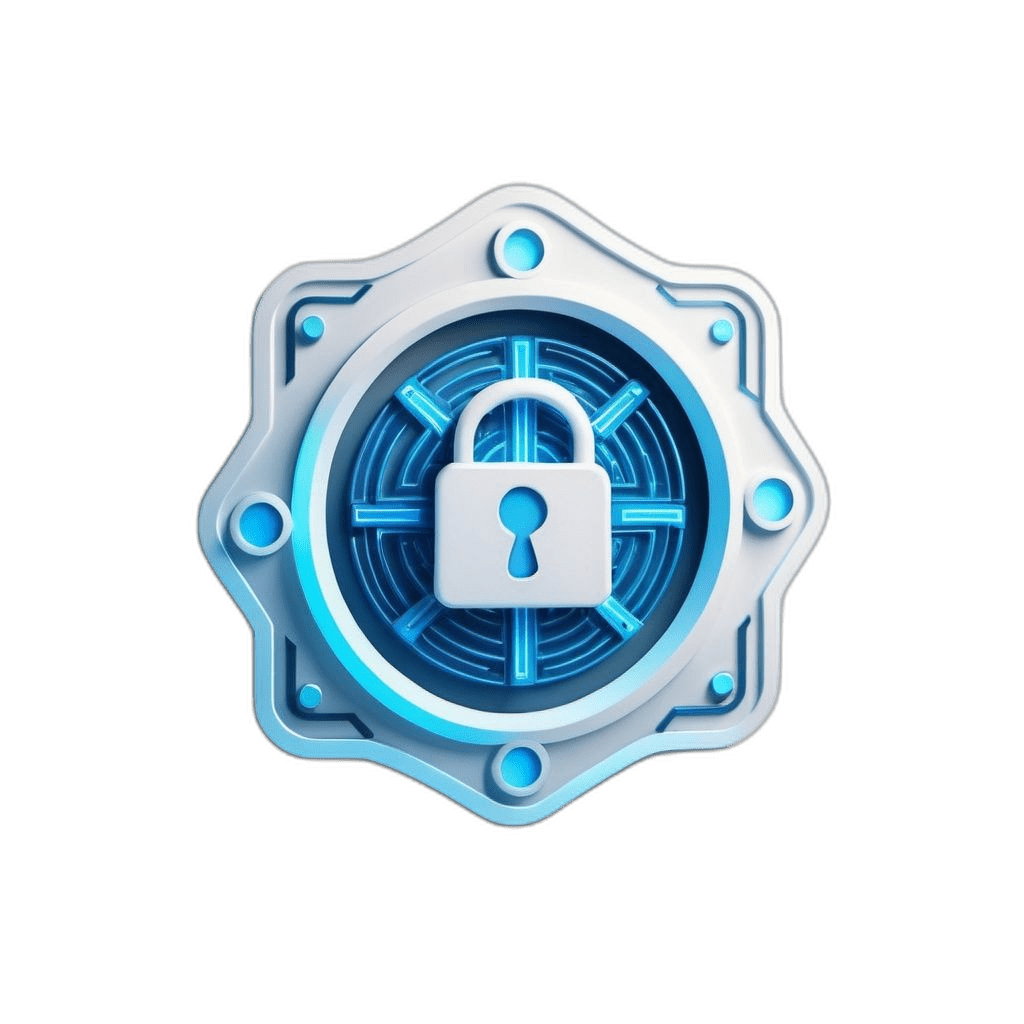

It is a long established fact that a reader will be distracted by the readable content of a page when looking at its layout.


Identity Management System (IMS) is a comprehensive framework designed to manage digital identities, encompassing user authentication, authorization, and access control. It is a centralized system for managing user identities and accessing various resources and services, such as applications, databases, and networks.
IMS typically includes advanced features such as single sign-on, identity synchronization, password management, and multi-factor authentication. Large organizations commonly employ it to streamline the complex and time-consuming process of managing user identities and resource access.










IDM is the process of managing and securing digital identities. It involves creating, storing, and managing user credentials and permissions to access various resources. IDM systems enhance security, streamline the authentication process, and control access to resources while ensuring the privacy and security of user data.

Single sign-on (SSO) allows users to log in to multiple applications with one set of credentials. This means users don’t have to remember multiple usernames and passwords for different systems, reducing the risk of password fatigue and improving security. It streamlines the login process, improves security, and is commonly used in enterprise environments to boost productivity.

Unified experience means providing users with a single-entry point to access all the resources and services they need, regardless of location or device. This reduces complexity and enhances productivity while maintaining a consistent security posture and reducing the risk of data breaches or insider threats.

Sessions and tokens are critical components of access management systems. Sessions are created when a user logs in to a system, while tokens are generated during the authentication process to validate the user’s identity. Effective management of both these components helps prevent unauthorized access, reduce the risk of data breaches, and ensure compliance with relevant regulations.

SAML and OpenID are protocols for identity federation and single sign-on between different systems. SAML exchanges authentication and authorization data between parties using XML, while OpenID enables users to authenticate with multiple web applications using a single set of credentials. Both protocols simplify user access management and improve security.

MFA is a security measure that requires users to provide two or more forms of authentication to verify their identity. It adds an extra layer of protection beyond just a username and password, making it harder for unauthorized individuals to access sensitive information. Many organizations use MFA to comply with security regulations and prevent data breaches.

Monitoring privileges is crucial for access management. It involves monitoring user access to resources and services to minimize risks of data breaches, insider threats, and compliance violations. By monitoring privileges, organizations can detect and respond to unauthorized access attempts or suspicious activity in real-time, improving their security posture and refining their access management strategy.

A centralized repository is undoubtedly the most secure and efficient way to manage user information. It serves as a single source of truth for user identities, authentication credentials, and authorization attributes, ensuring consistency across systems while simplifying administration. By utilizing a centralized repository, organizations can rest assured that their user information is always up-to-date, secure, and easy to manage.

Identity federation allows users to access resources across organizational boundaries using their existing credentials from trusted identity providers. External authentication integrates with third-party authentication services, social identity providers, or identity federation protocols like OAuth and OpenID Connect to streamline user authentication and registration processes.